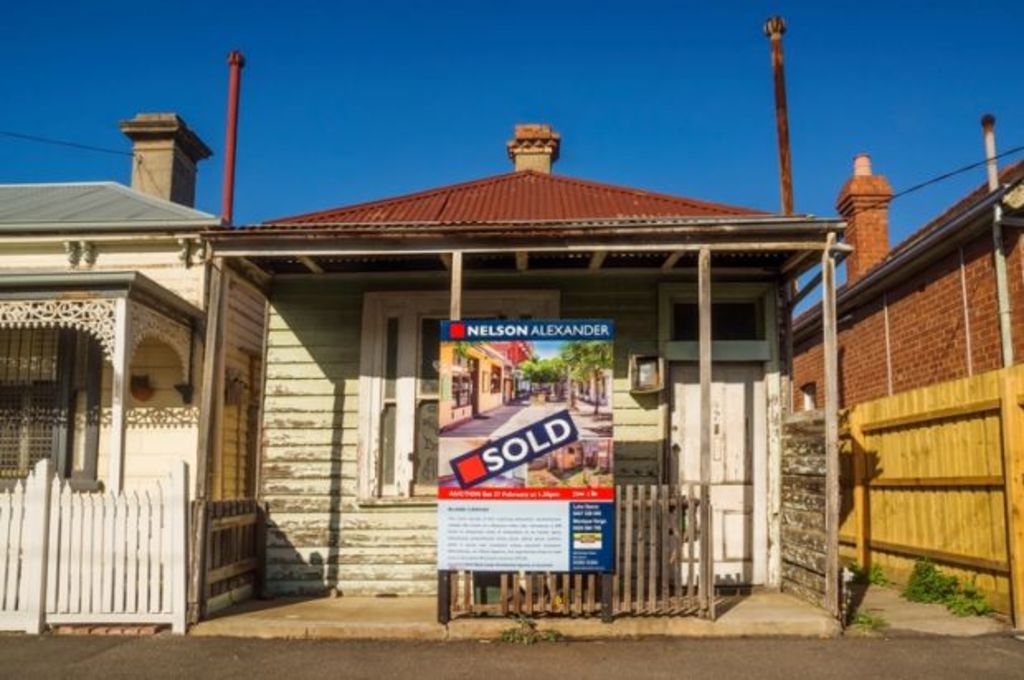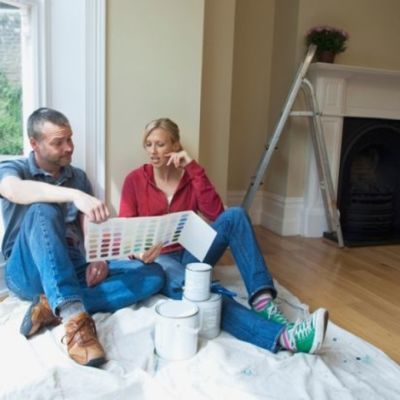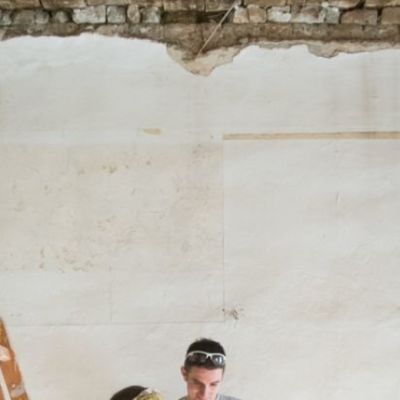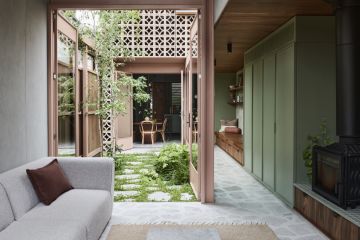What to look for when buying a home that needs renovating

We’ve all seen a property ad for a house billed as a “renovator’s delight”, implying all it’ll need is a bit of TLC and will come up a treat. But whether you intend to renovate and sell for profit or renovate to live in, some things will add more value to the property than others.
Before you begin, it’s worth taking the time to consider what you intend to achieve by renovating; these intentions will dictate the type of property you buy. Is it a lick and flick (paint and sell) or do you plan on doing a more intensive reno? If you want to live in it after renovating, will it be your dream home or are you planning on buying and selling every few years, according to your needs?
Being clear about your intentions can make a significant difference to the costing of your project. The last thing you want to do is overcapitalise.
So how do you avoid it? Start by making a smart choice on the property you buy and then work out what to change, discard, replace or leave alone within that property. Some things won’t increase the selling price or value of your home, no matter how expensive they were to do. As a very general tip, making a difference aesthetically is usually going to add more value than making a difference to something you can’t see.
Here are a few things to look out for:
Rewiring
While some houses, especially older ones, may benefit from rewiring, it’s going to cost a hefty amount to do. Rewiring is an invisible change and it won’t make the house any more visually appealing or add value if you’re planning to sell or revalue.
Restumping
The feasibility and costs associated with restumping make it a poor choice on a limited budget. If they need to be done, they need to be done – but make sure you factor in these costs before buying a home that needs such work.
Roofing
Repair, replace or repaint? You need to crunch some numbers on this one before deciding which way to go. Replacing the roof is the most expensive option of course. If you can get away with minor repairs or repainting, it will be healthier for your budget.
Consider the house design, the roof pitch and the position of an onlooker (looking down on the house vs looking up towards the house) before deciding how to treat the roof. If the proportion of roof vs house you see from the road is more than, say 30-40 per cent, then what you do to it will have a huge impact on the overall aesthetic of the house.
Windows
The decision here is whether to keep, replace or repaint existing windows. Replacing windows in an average four-bedroom home could cost upwards of $20,000-$30,000 so you would have to be very confident you could recover costs before taking this option. A much simpler choice is to repaint the windows.
If you choose to repaint, use a darker colour on frames that are not in great shape. Light or white colours on old frames will show every shadow and flaw but darker colours are much more forgiving.
Driveway
Replacing an old or outdated driveway could cost you upwards of $10,000, so it’s best if you can find a property with an intact one.
Fencing
A new fence can be a costly exercise, but it will transform the front of the home like nothing else. For optimal return on your investment, try to choose something that suits your budget and the house. If the styles clash, it’s likely to detract from the overall aesthetic appeal of the property and chances are you won’t recoup your money.
It’s also worth considering whether the style of fence is appropriate to the value of the area. Putting a cheap fence around a house in an affluent suburb, or a house surrounded by high-end designer homes, will make the property stand out for all the wrong reasons.
Repurposing rooms
Repurposing a room is an excellent way to add value to a house. For a reasonable cost, you might be able to section off a large laundry to create another powder room or repurpose a study into an extra bedroom.
Whether you intend to live in the house, rent it out, or sell after the renovation, always consider what new room the residents of the house will value the most.
Open-plan living
Open-plan living has been very popular for a number of years and shows no sign of waning any time soon. Look for a home where you can demolish a wall to create space so that the rooms flow seamlessly into each other. You will need council approval to do it, but it can be a very cost-effective, smart way of improving the property.
Expanding
Do your calculations carefully before committing to expanding on the original footprint of the house or building upwards. While it’s worth considering, you need to ensure you don’t overcapitalise.
Floors
Consider what flooring the houses you’re looking at have. New tiles, carpet or timber can be a relatively large expense. Replacing all the flooring in an average four-bedroom home will cost at least $10,000 to $15,000, so if you can keep or reuse some of the existing floors, that’s going to be a bonus.
Outdoor spaces
There is so much you can do with outdoor spaces, and often for a reasonable cost. My website has lots of examples of ways to utilise and improve outdoor spaces without doing a complete overhaul. It’s quite achievable to dramatically improve the value of your property by spending as little as $5000 on your outdoor space.
Frontage
If you only take one tip on board, make it this one. Wherever you decide to spend your money, the front of your property is where a lot of value and appeal is added. Get the exterior right and you’ve won half the battle.
In this click and flick internet age, it’s far too easy to flick past a property whose exterior is unappealing. It doesn’t matter how great the interior of your house is, you will lose value if the exterior is unappealing. We still judge a book by its cover, and your exterior is the cover of your book. Make sure it tells the story you want it to tell.
Jane Eyles-Bennett is one of Australia’s leading home renovation and interior design experts. She is an award-winning interior designer with more than 25 years’ experience designing the interiors and exteriors of homes; specialising in kitchens, bathrooms and living spaces.
Contact Jane at jane@hotspaceconsultants.com or via her website.
We recommend
States
Capital Cities
Capital Cities - Rentals
Popular Areas
Allhomes
More










